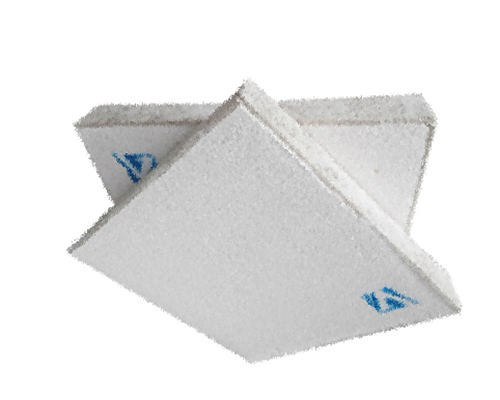Siberia Molten Aluminum Filter is a porous ceramic with high porosity (80%~90%) with a three-dimensional network structure. It has the advantages of low density, high strength, high temperature resistance, corrosion resistance, and good filter adsorption.
In recent years, due to the development of the third-generation ceramic foam filter, the quality of metal smelting products has been greatly improved, and the performance of the product has also been greatly improved.
Siberia Molten Aluminum Filter is one of the most widely used industries in the production of the aluminum casting industry. Its function is to transform the turbulent and agitated metal liquid through the pores in the ceramic foam into a stable, homogeneous, and pure metal liquid.
Therefore, the percentage of waste castings caused by casting defects such as non-metallic inclusions is significantly reduced, thereby reducing production costs.
Aluminium ceramic foam filter uses polyurethane foam as a carrier and is immersed in a ceramic slurry composed of ceramic powder, binder, sintering agent, and suspending agent.
Then squeeze out the excess slurry so that the ceramic slurry is evenly covered on the carrier frame and becomes a wet object.
The green body is dried and sintered at high temperature. This process is also called organic foam impregnation, and it is now a common household foam ceramic process.
Alumina ceramic foam filter is an important branch of the three major types of ceramic foam (alumina, silicon carbide, and zirconia), and it is also the earliest type of ceramic foam. It is widely used in aluminum and alloy casting industry.
Ceramic foam filter is also a key element for filtering molten aluminum. By increasing the circulation process, the process chain is increased, and the molten aluminum melting process is adjusted through circulation. The flow time and path of molten aluminum are also increased accordingly. Liquid aluminum is purer, and impurities are filtered deeper.
At the same time, the method is supplemented by an aluminum melting furnace, thereby reducing the content of impurities in the aluminum liquid when the liquid is discharged.

